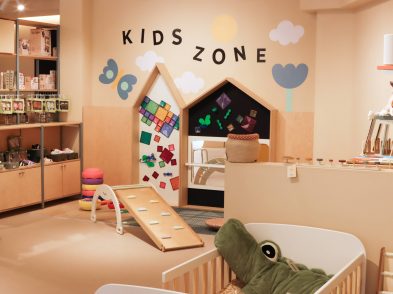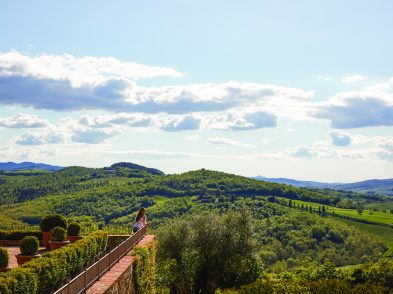Anyone who’s ever ordered a bedding set or throw blanket and been disappointed on delivery day will recognize that tactile experience is key when it comes to textiles and fabrics. The line between scratchy and silky is a thin one that can’t easily be gleaned from a computer screen. But while touch is a problem in the context of online shopping, textiles-on-screen are a smart solution for the purposes of cataloging collections for designers, businesses and cultural institutions.
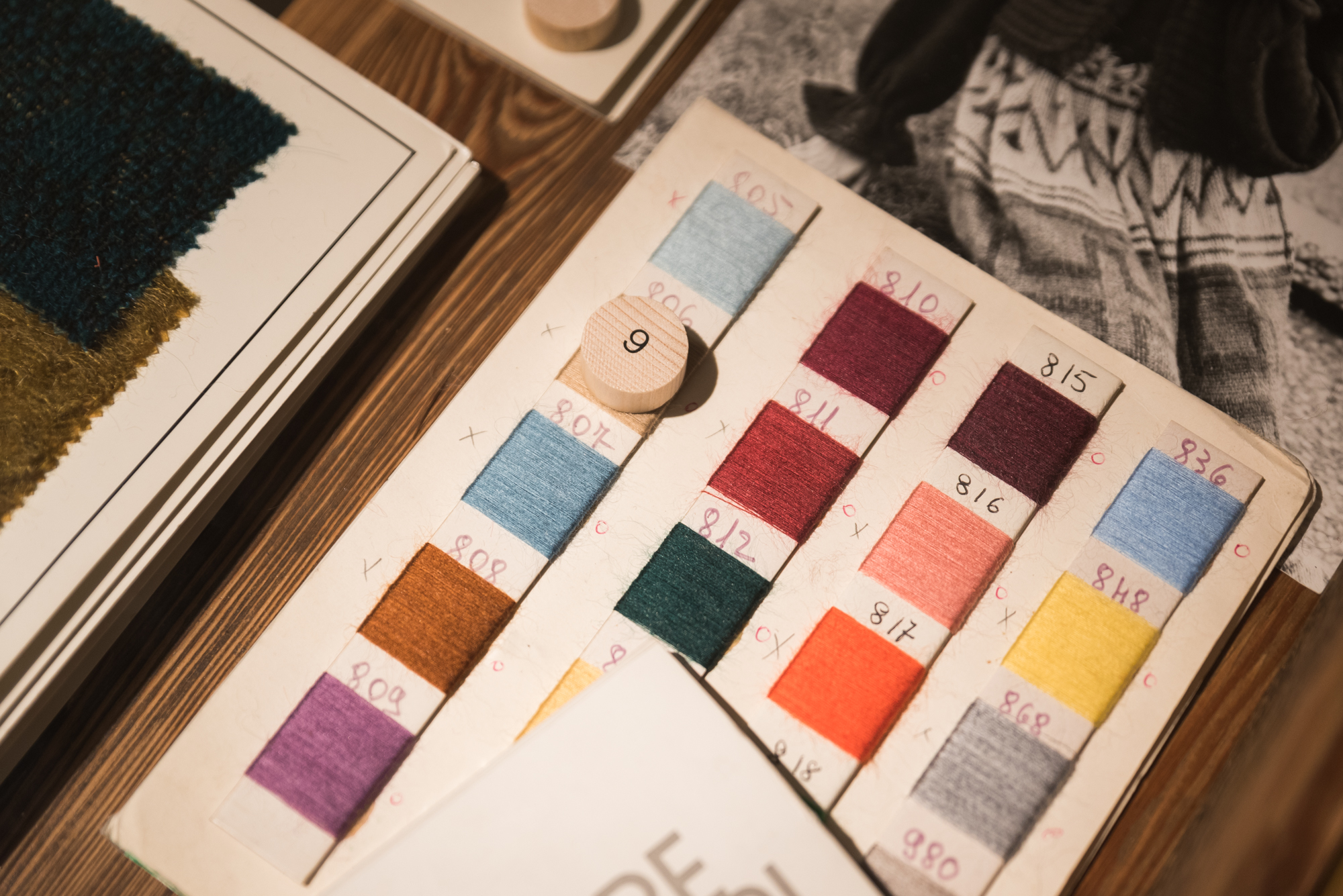
Industria Italiana Filati presented Heritage-based marketing materials at Pitti Filati
Just ask Francesco Bolli, communication officer for the CreativeWear Project based at the Museo del Tessuto (Textile Museum) in Prato, Tuscany. Both project and museum benefited in different ways from the Digital Heritage business pilot implemented by TCBL (Textile Clothing and Business Labs), with funding from the European Union’s Horizon 2020 Programme. The museum, Bolli says, has an “enormous cultural patrimony and textile archive” that had never been properly streamlined and digitized for consultation; similarly, most of the businesses in Prato, a city known for its historic textile industry, hadn’t implemented “cultures of conservation.” It’s not that they didn’t recognize the richness in their own collections, Bolli clarifies, but often that their “previous generations didn’t have the technological tools or didn’t have an awareness of how much value this could be to their successors.”
Enter Digital Heritage, CreativeWear and TCBL’s response to different textile entities’ needs by equipping them with the technical capacity to catalog and digitize their archives. In Prato, an extension of this model took shape through the CreativeWear project and its development of a software called “Heritage Manager,” which was used by nearly a dozen local businesses to sort through their sample books and data sheets and properly store them digitally, transforming them from warehouse clutter to workable, consolidated catalogs, rife with inspiration for designers and marketers.
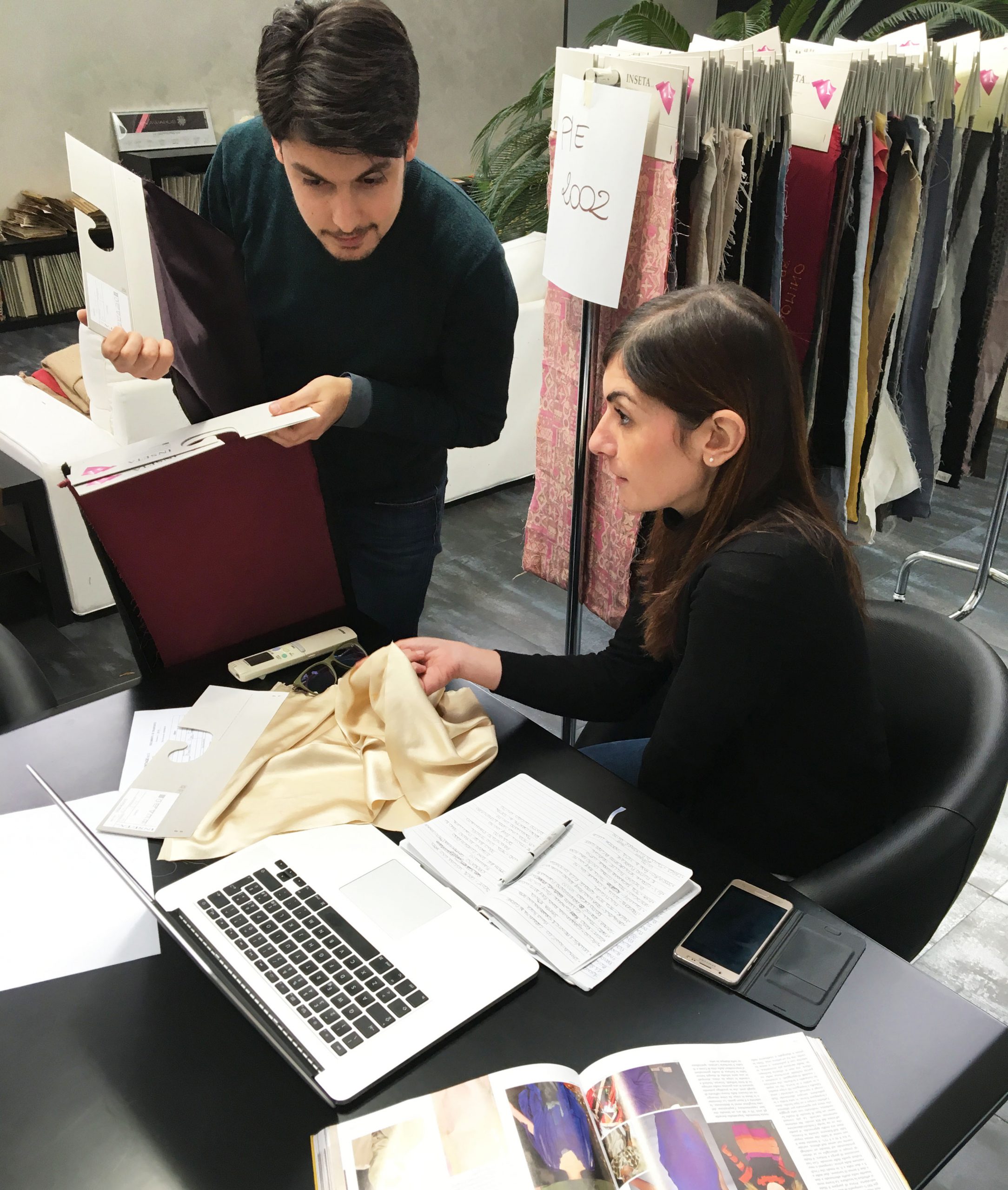
Cataloguing underway at Inseta
Texmoda Tessuti, one of the participating businesses, was a prime example of the generational awareness gap highlighted by Bolli. Their previously patchy archive, as the company’s sustainability and communication coordinator Francesca Nardi notes, contains “around 400,000 textiles from over 40 years of company history.” Despite the group’s longtime pride in their output and the resulting patrimony they’d accumulated, the sheer volume of it all made it difficult to ever do much archive-digging. “We were eager to make better use of this resource,” Nardi continues, “not to mention obtain related advantages in marketing, internal organization, and client services. [Digitally archiving our materials] gave us a tool that has helped both the technical and the marketing departments.”
Functional and aesthetically engaging, the archival databases contain digital “swatches” of given textiles followed by information on their composition (“geometric yarn-dyed gauzed fabric with knot yarn”, for example), season (“autumn/winter”), year or decade of origin (“1960s”), as well as imagined use (“womenswear”). For Texmoda, having this comprehensive, go-to reference has been a useful creative boost in the process of designing new collections and analyzing the company’s aesthetic evolutions over time—an outcome in line with the Digital Heritage project’s initial rationale, which emphasized the strategic value of “heritage marketing”. In less jargon-y terms, this means using the archive as a sort of encyclopedia and to link a contemporary product with company history and past designs, adding a level of profundity and enhancing market appeal.
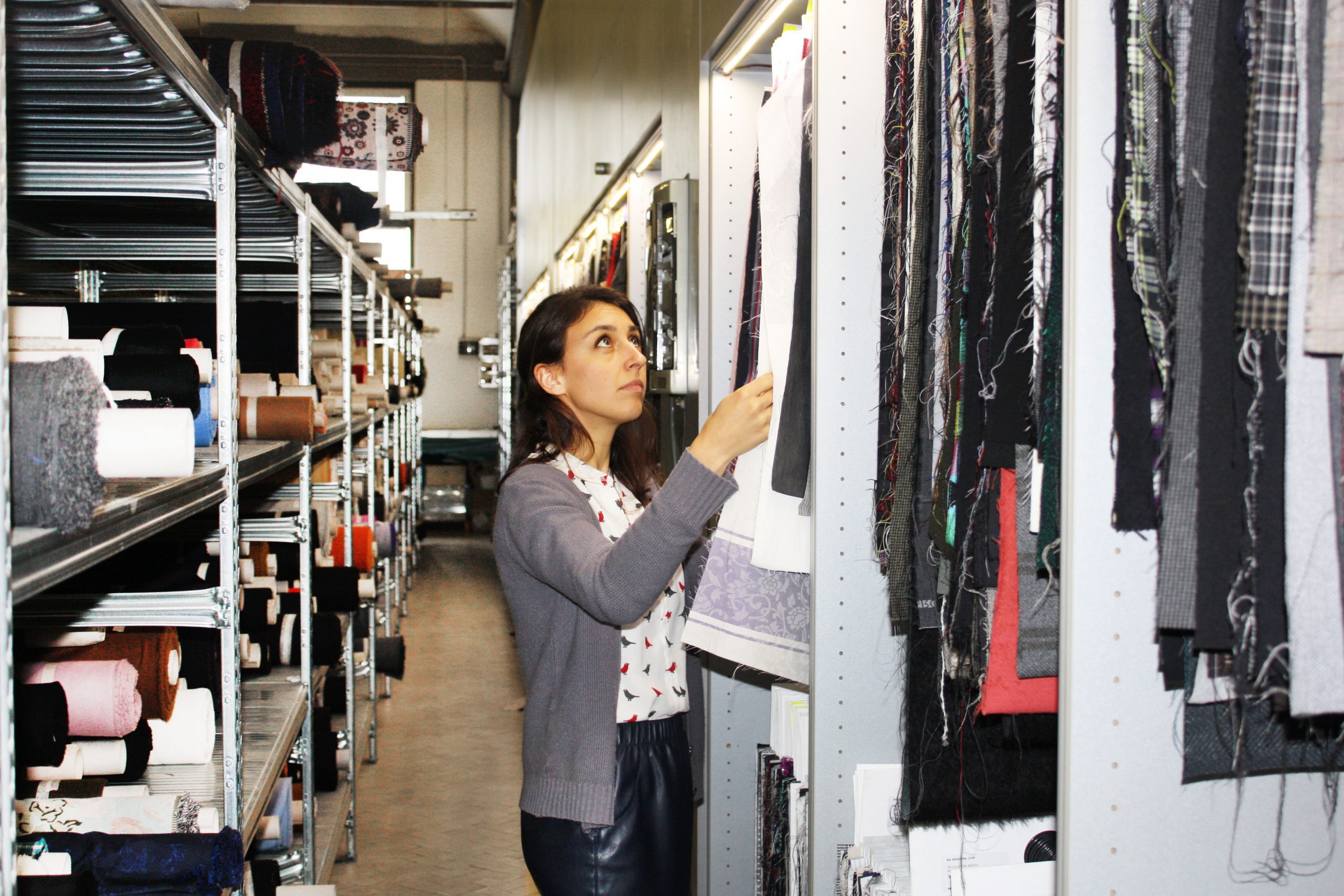
Resident designer Lena Perraguin in the Marini Industrie archives
Concrete application of these concepts also took shape through a series of four artistic residencies in Prato that saw international textile designers and local businesses team up. Held over the course of Spring 2018 and hosted by Lottozero / Textile Laboratories—a multifaceted, 400-square-meter space where textile production, co-working studios, exhibitions and consultancy all find a home—the residencies were aimed at helping local stalwarts of Prato’s textile district make inventive use of their archives.
Tessa Moroder, co-founder of Lottozero, recounts that one of the most fruitful collaborations was between Studio Meyers & Fügmann (Berlin) and Industria Italiana Filati. The German residents’ mission was to create a finished garment with textiles sourced from the Industria Italiana Filati archive. Chiara Lucchesi of IIF praised the experience: “Sarah and Laura brought us a completely new point of view, outside the usual canons of Prato’s textile scene. They were able to perceive more [from our archive] than other designers who are more embedded and integrated in the Prato territory, and really helped us to see things through their eyes.”
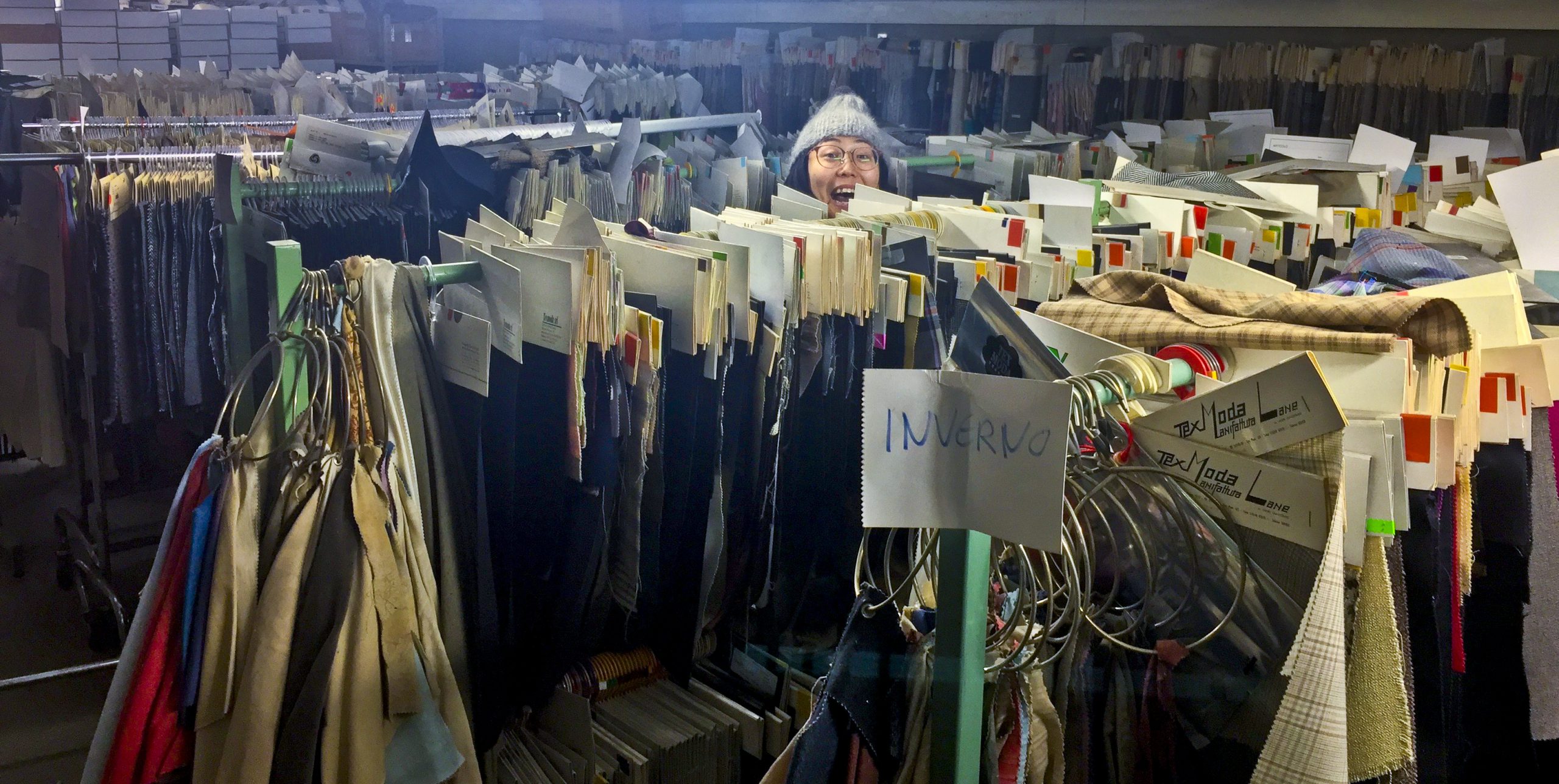
Resident designer Aki Watanuki in the Texmoda archives
International networking like this is at the core of the project. The long-term hope isn’t just to grant individual institutions and businesses easier access to their own archives, but to continue developing larger-scale databases that will be accessible to a broad network of museums, design centers, fashion schools and other related organizations, in order to encourage the exchange of ideas.
Bolli calls the many spinoffs and conservation-related conversations the TCBL Digital Heritage project has spawned figli piccoli (sons and daughters) of a larger reality. His message for people with any kind of creative history? “Take care of your output,” he says. “Conserve it well, and think about its value in the future.”


